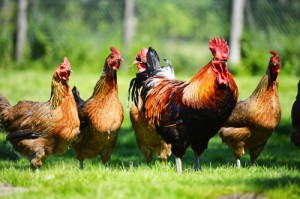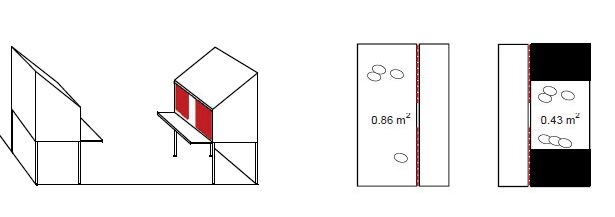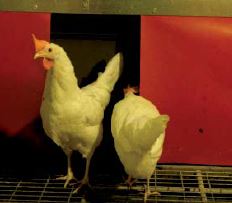Laying hens prefer smaller nests
INTERACT Study on laying hen housing systems

When a hen is going to lay an egg, she searches a suitable place where she can retreat from social contact. But based on what criteria is the hen choosing her nesting site? This question is in the focus of researchers of the Division of Animal Welfare, University of Bern, Switzerland. They examine how nests must be designed, to be well accepted by the hens.
Only hens, that feel undisturbed and enclosed, produce many eggs. One of the factors, playing a role in the attractiveness of a nest, is the amount of enclosure. In the study, the relative preference of laying hens for two nest sizes was tested. Outside the nests looked identically. They differed only in the internal dimensions; the larger nest was 0,86 qm, the smaller nest was half this size, with internal dimensions of 0,43 qm.

Over 18 weeks, the eggs were daily counted in each nest. In addition, video recordings were captured to analyze the behavior of the hens in the laying phase in detail. All behavioral data were logged and analyzed with the software Mangold INTERACT.

Significantly more eggs were laid in the small nest than in the large nest – the hens preferred the small nest for egg-laying. Also, there were fewer nest visits per laid egg in the small nest. This means, the large nests were visited more often without laying an egg. The nest visit durations in the small nest were longer, the hens stayed before and after egg-laying in the nest. This clearly shows that the hens recognized the difference between the two nest types and preferred the small nest, although there was only half the space. This is probably due to the fact, that the small nest provides more enclosure and the hens feel safer and more comfortable there.
The study concludes with recommendations regarding the design of laying hen housing systems. If the nests don’t provide an adequate environment for nesting and egg-laying behavior, an impairment of animal welfare is to be expected.
